My question is about interpreting a given circuit as being itself a linear system. We know that a linear system needs to satisfy the superposition principle: if \$f(ax_1+bx_2)=af(x_1)+bf(x_2)\$. This means that a zero input should result in a zero output. Circuit components like ideal resistors, capacitors, inductors, etc. are linear since their element laws obey superposition (\$ V_r = IR, \hspace{6pt} V_i = L\frac{dI}{dt}, \hspace{6 pt} V_c = \frac{1}{c}\int I\hspace{2pt} \mathrm{d}x\$, etc).
But given a circuit that contains current or voltage sources, for example, isn't this now a nonlinear system?
Take for example some Thevenin circuit equivalent like the one below with its i-v curve at its port. The i-v curve doesn't pass through the origin since the Thevenin equivalent has a voltage source inside of it and so it has a nonzero open circuit voltage, so this system has a technically nonlinear i-v relationship.
So some bottom line questions:
- Sources have nonlinear i-v curves; are they included as part of "linear" circuit theory since they should actually be considered inputs as opposed to components of the circuit itself?
- A circuit containing resistors with i-v characteristics of the form \$V = IR+V_0\$ where \$V_0\$ is some constant could not be considered a linear circuit and you could no longer employ superposition analysis or Thevenin/Norton analysis, correct?
- Does it even make sense to try to define an input/output of a two terminal device? I was originally going to say that the Thevenin equivalent circuit below had nonzero "output" current for zero "input" voltage but I'm not sure if that's even meaningful to say.

